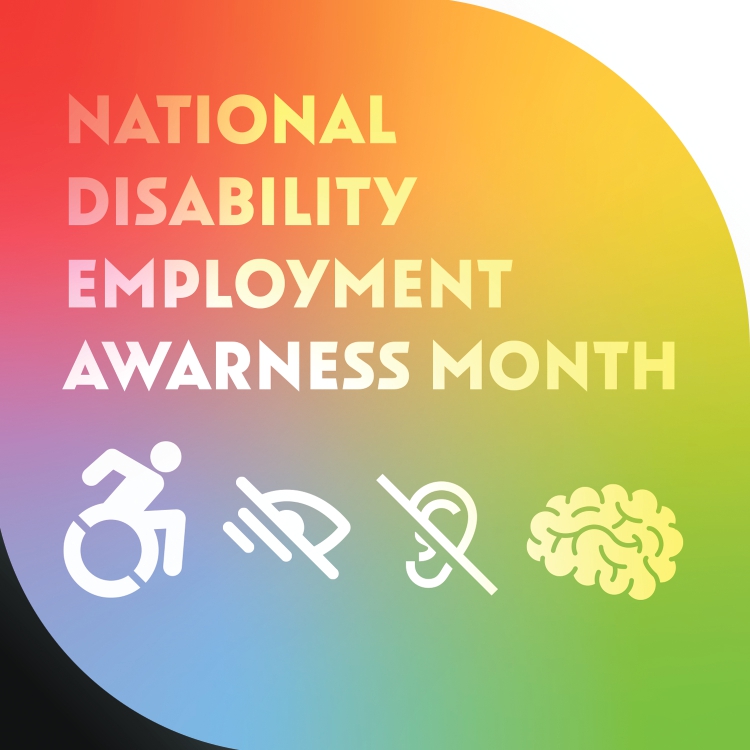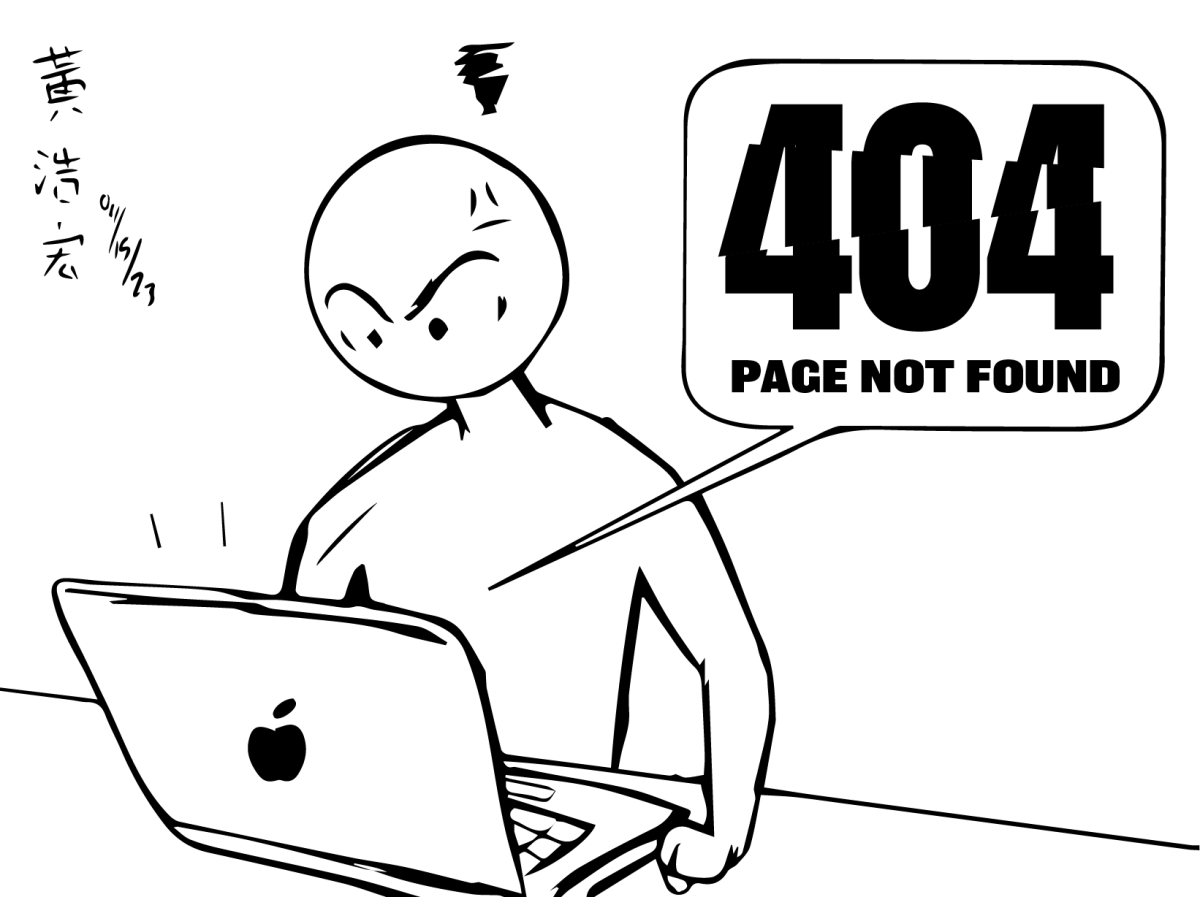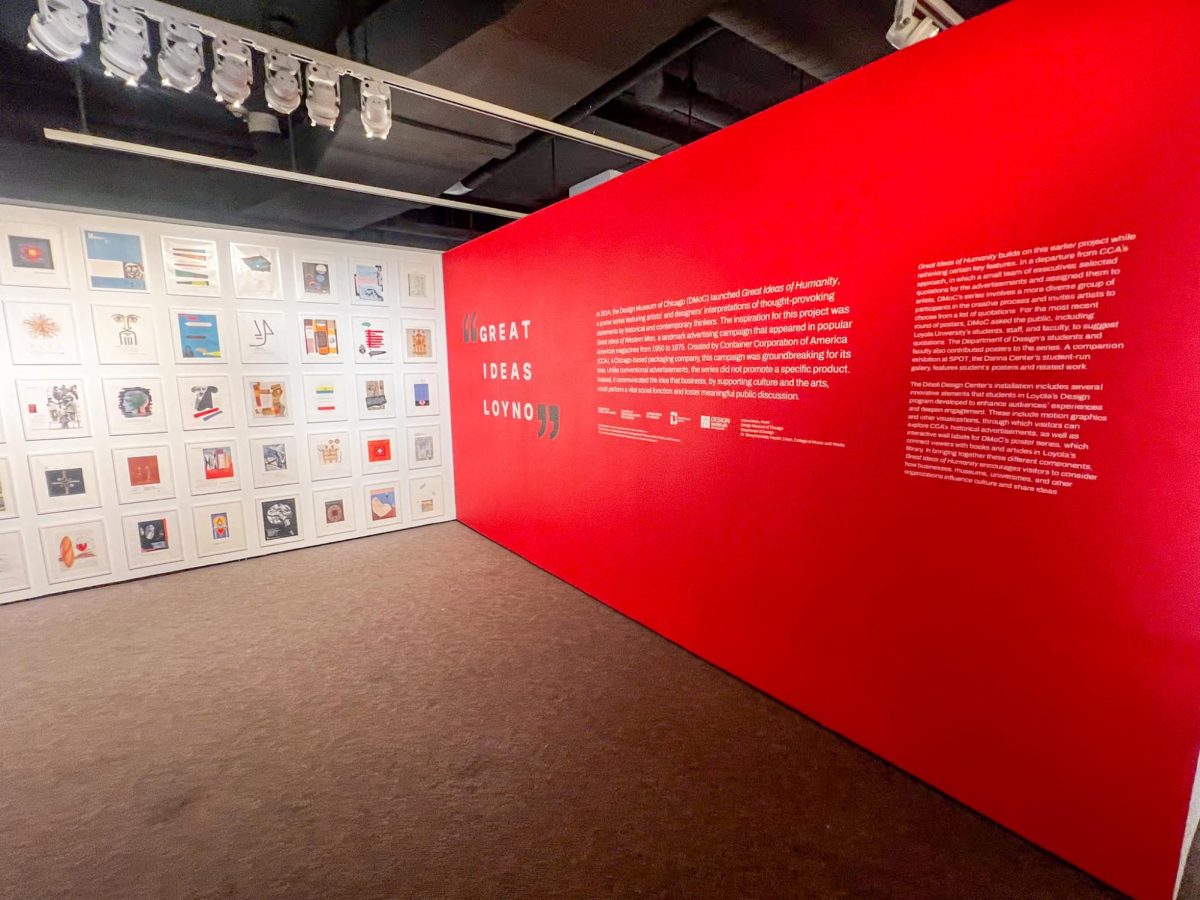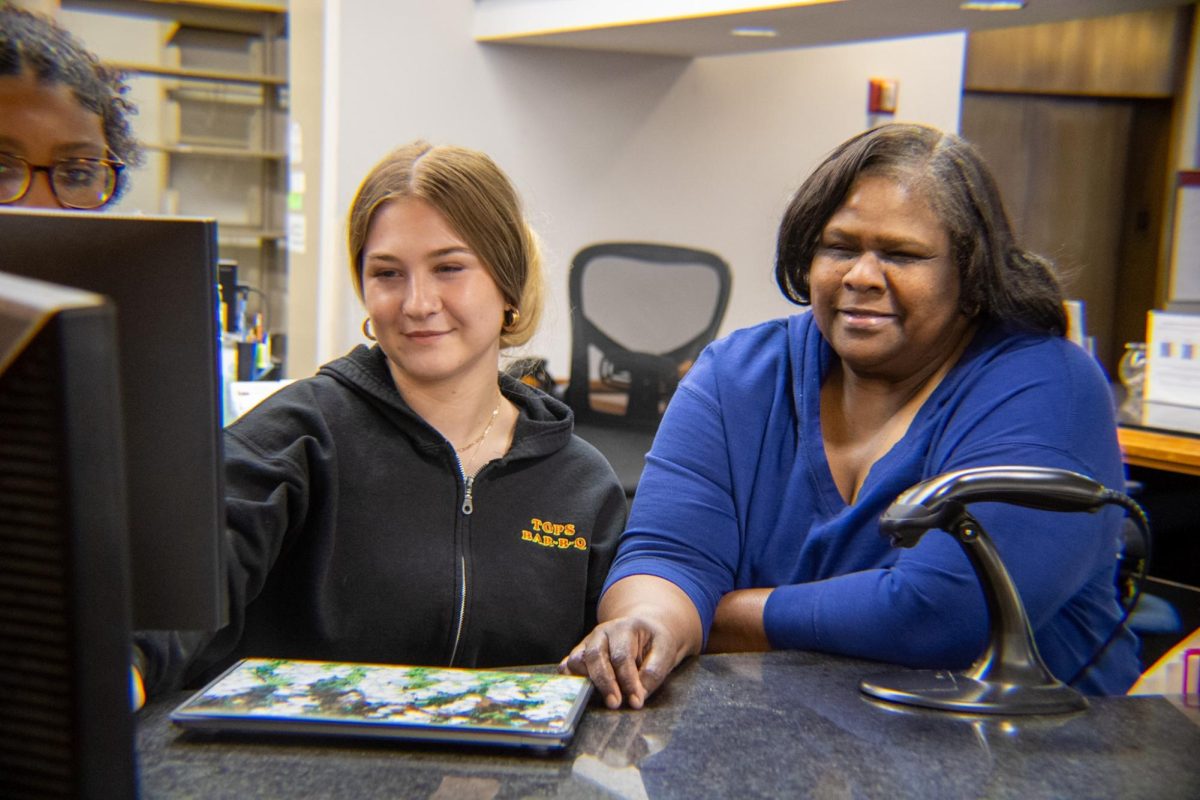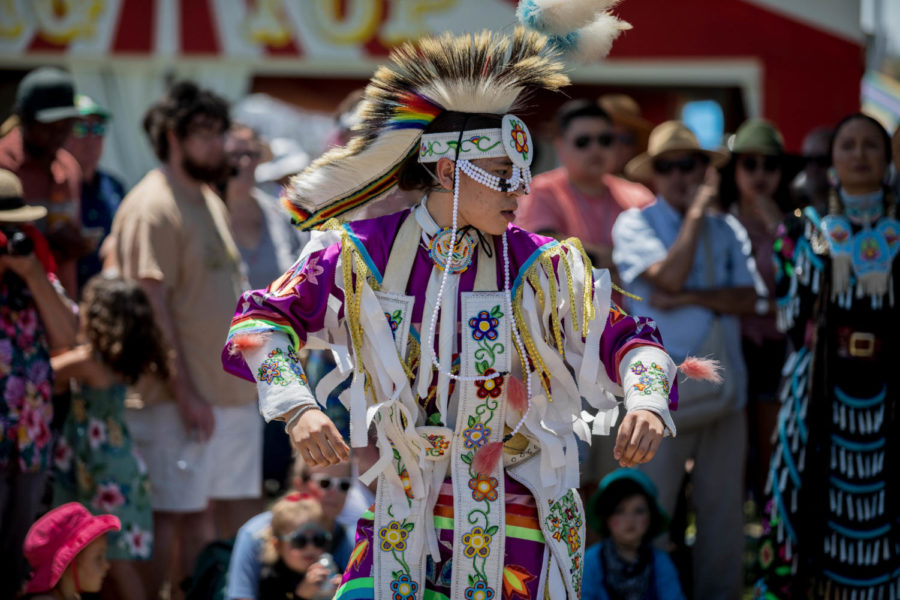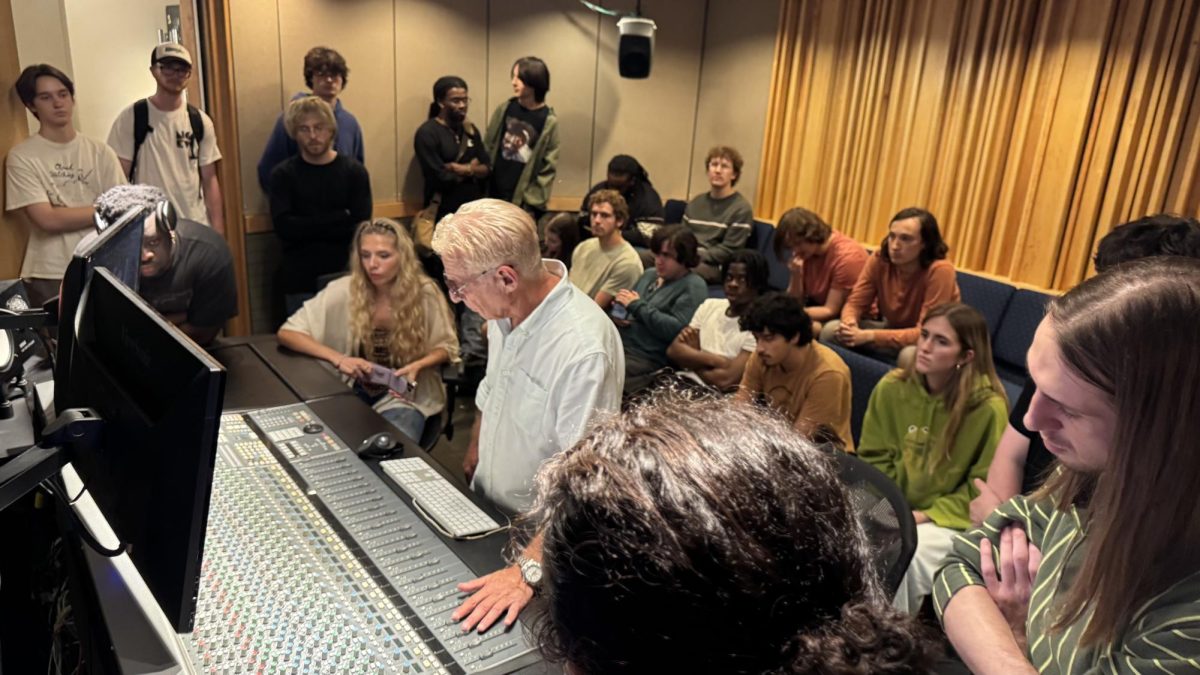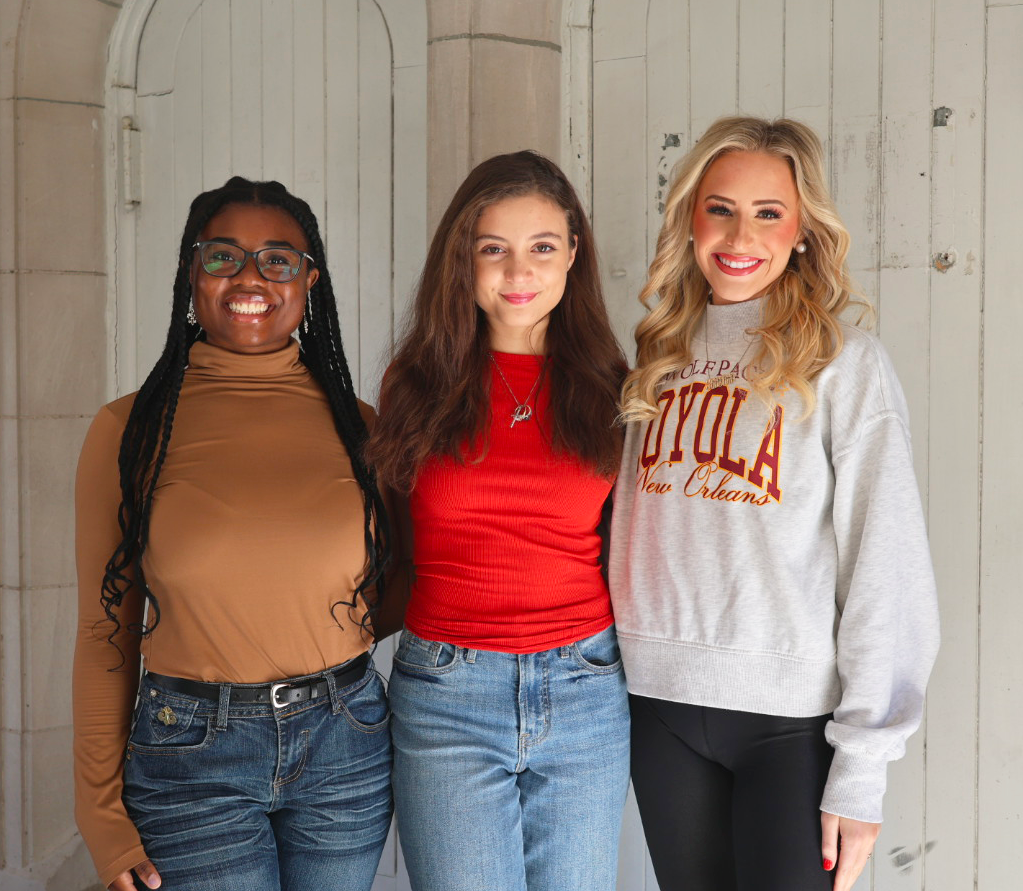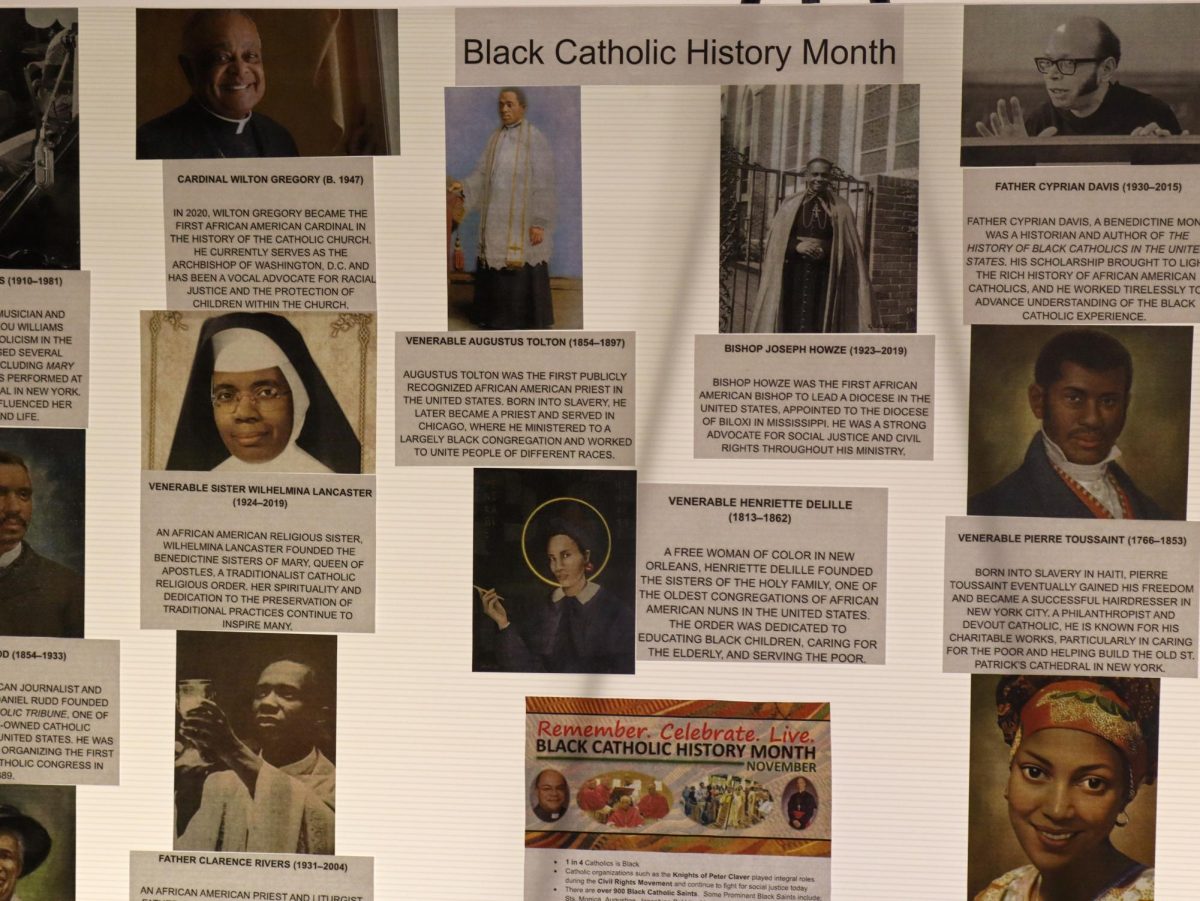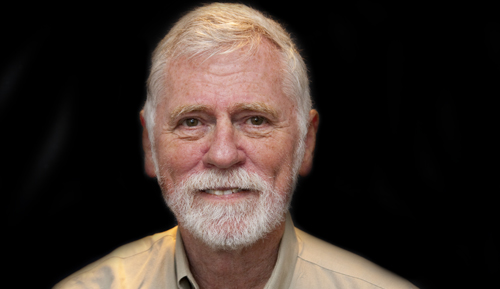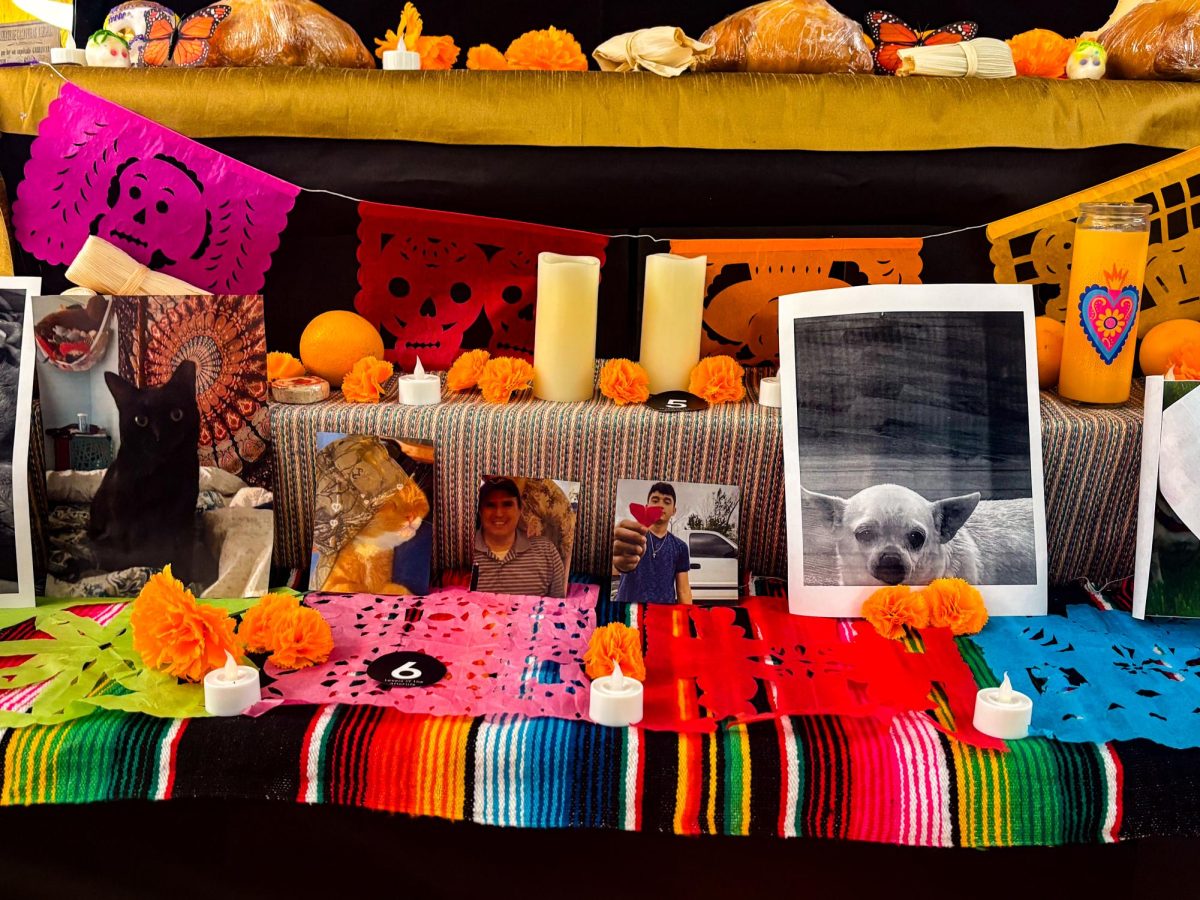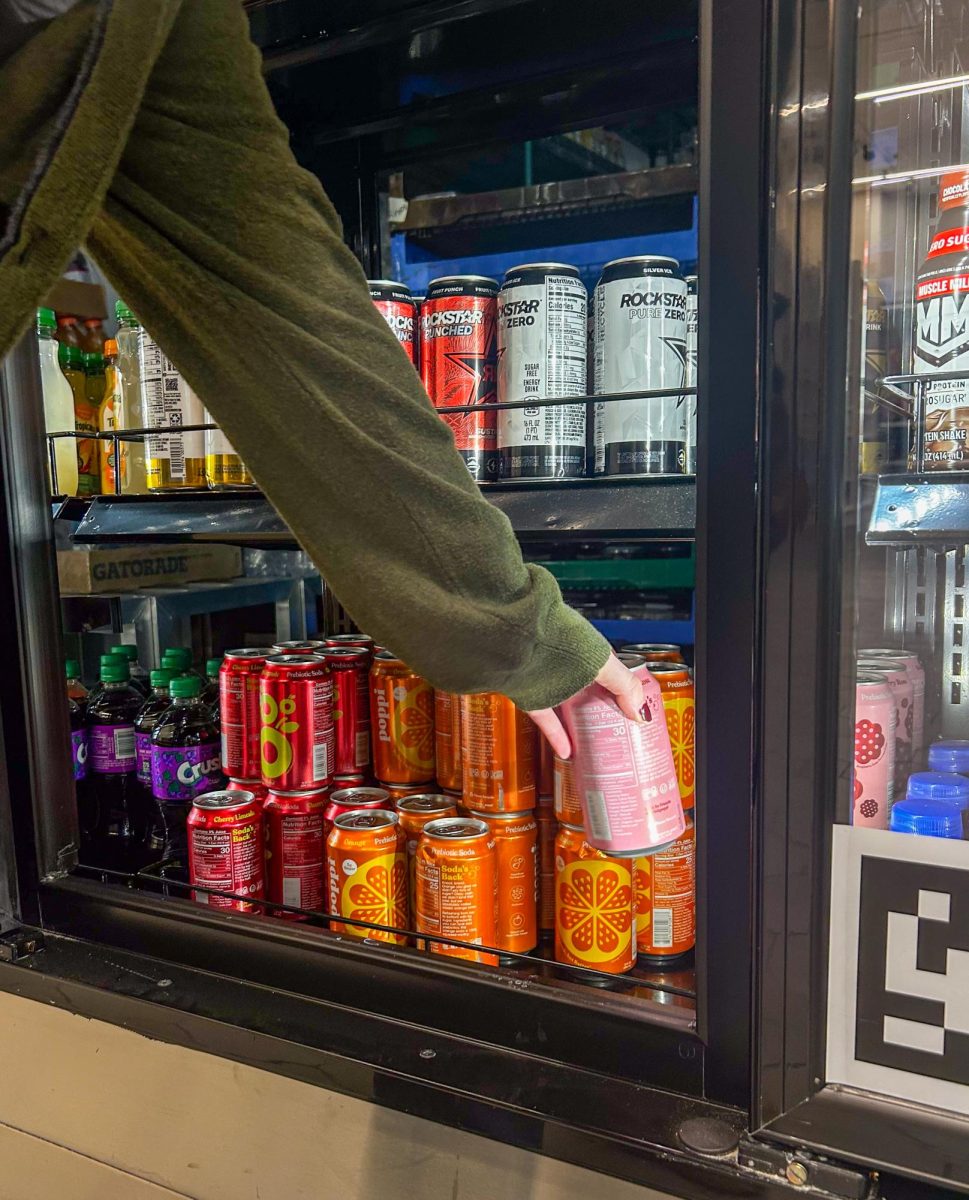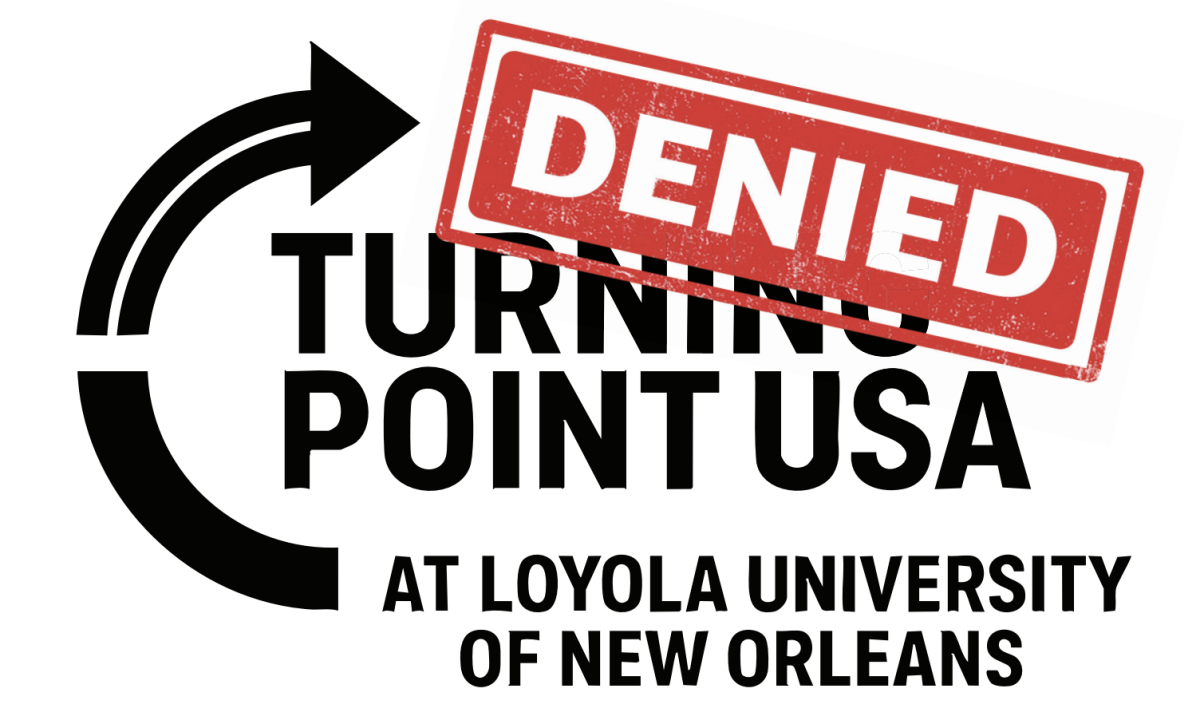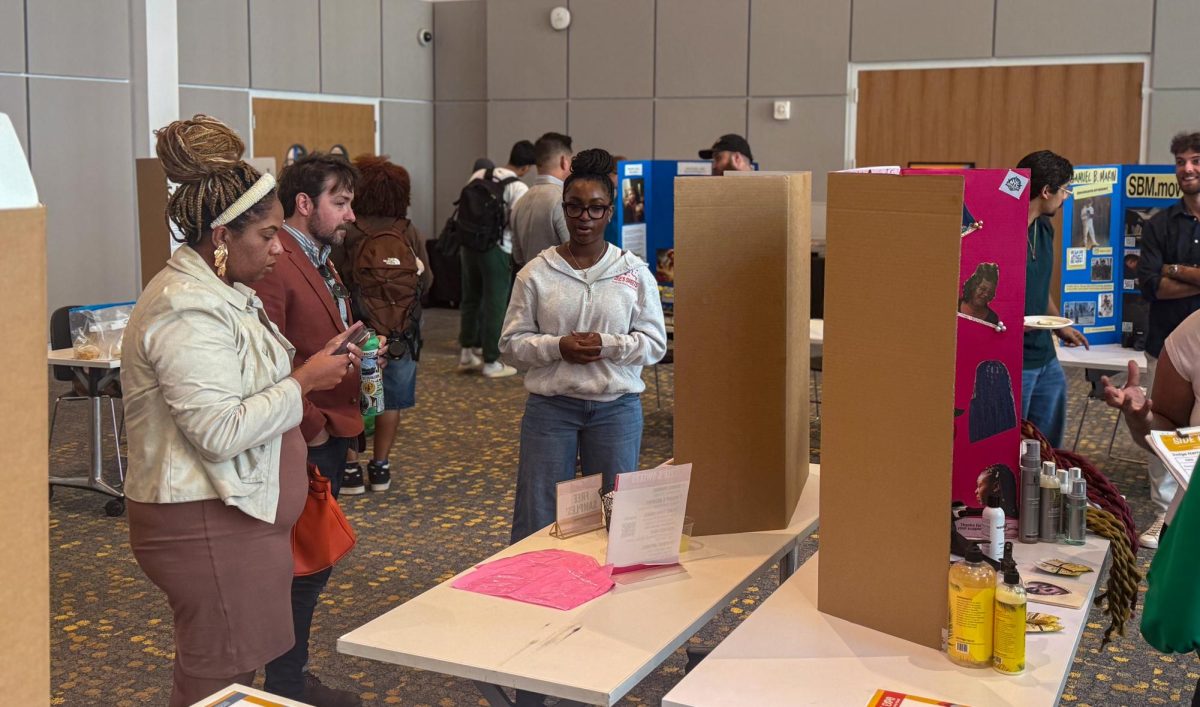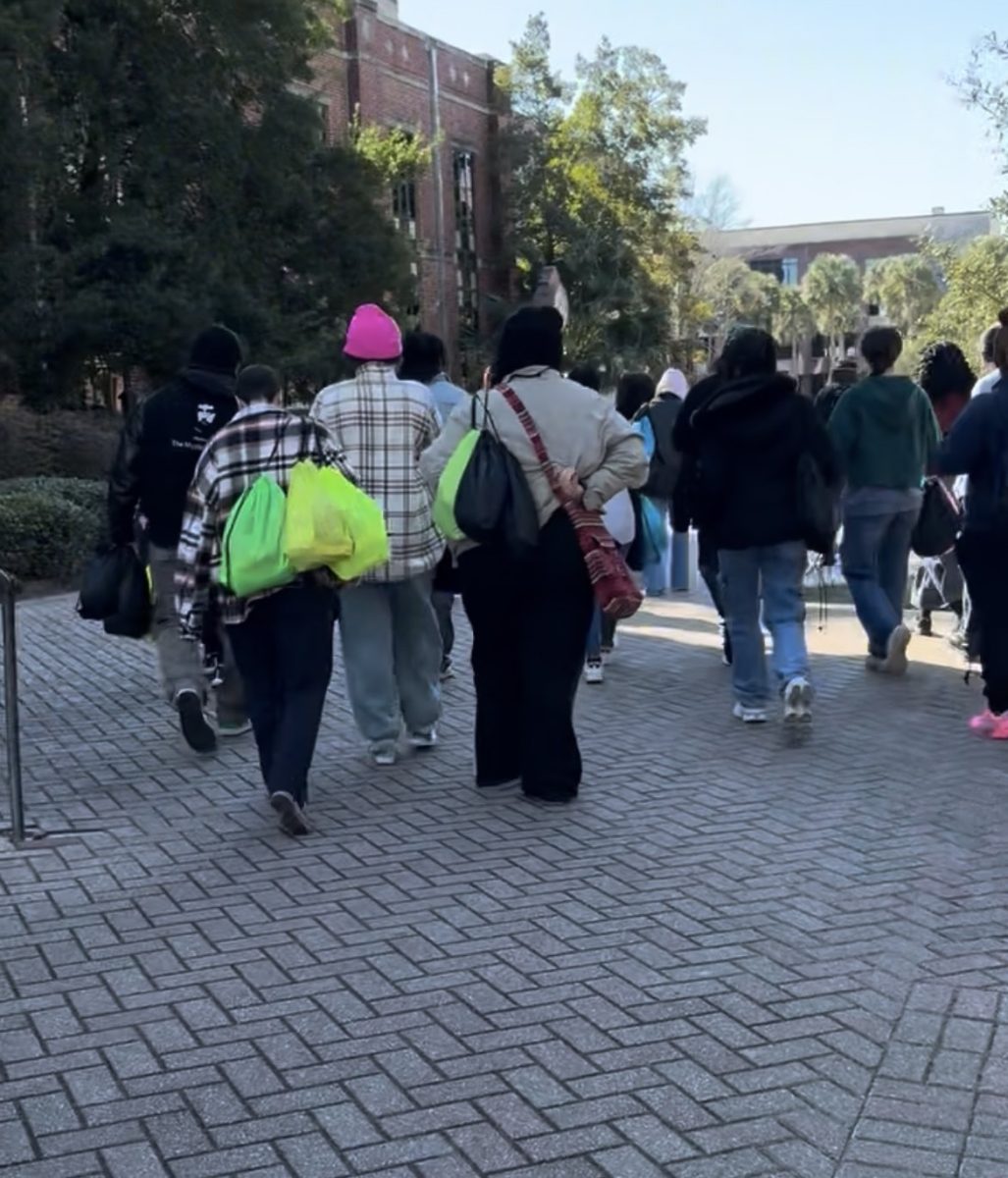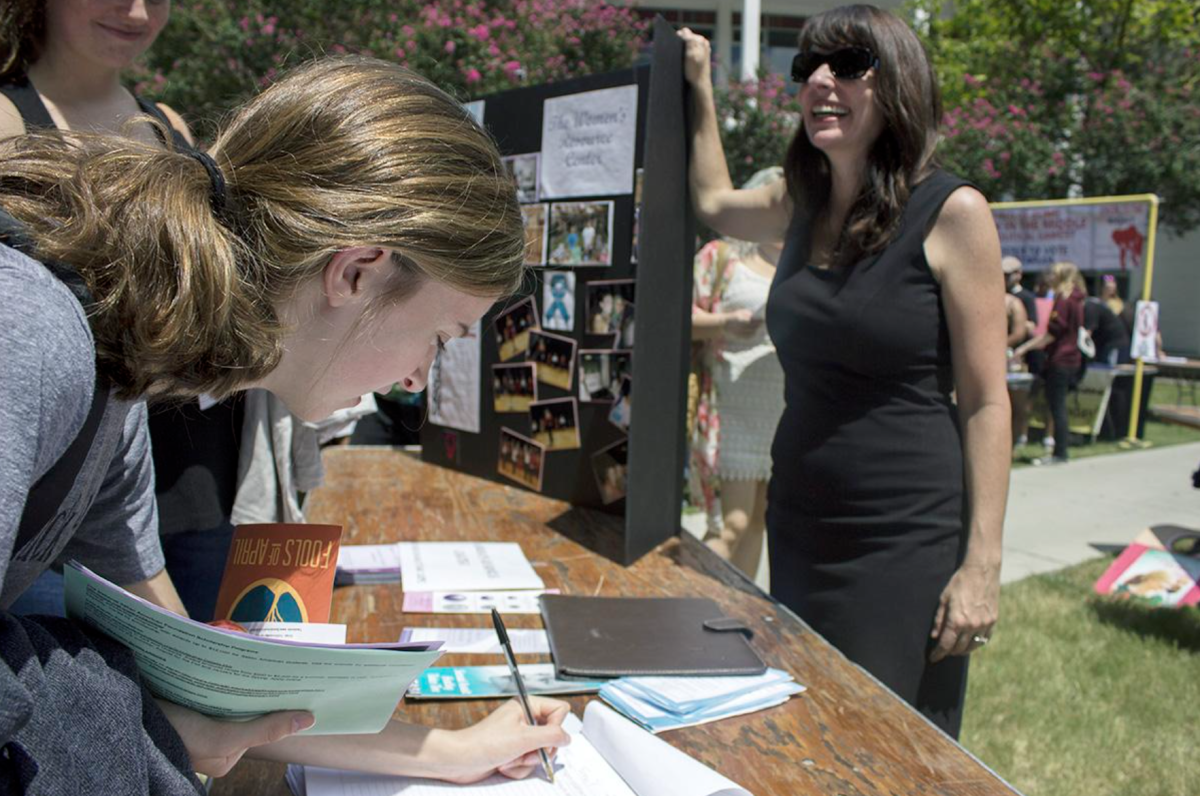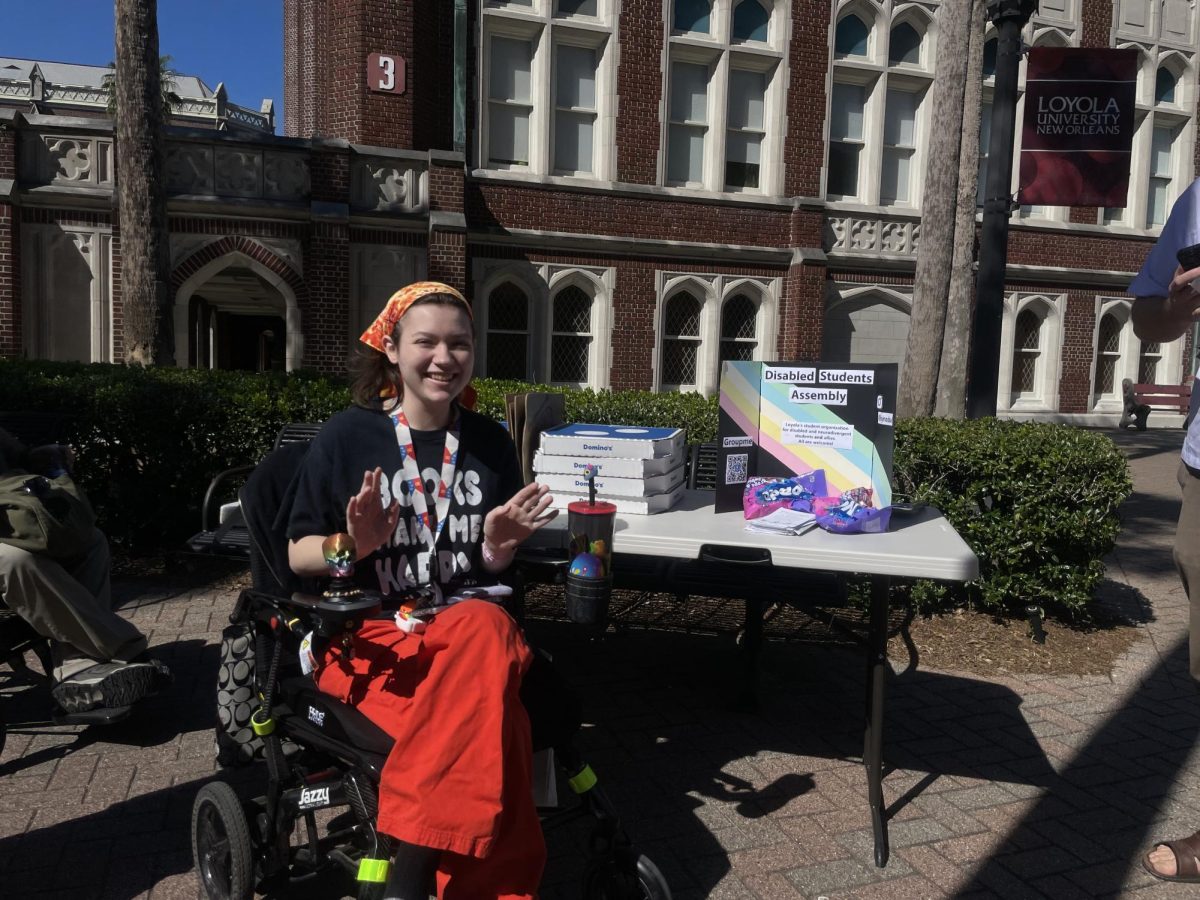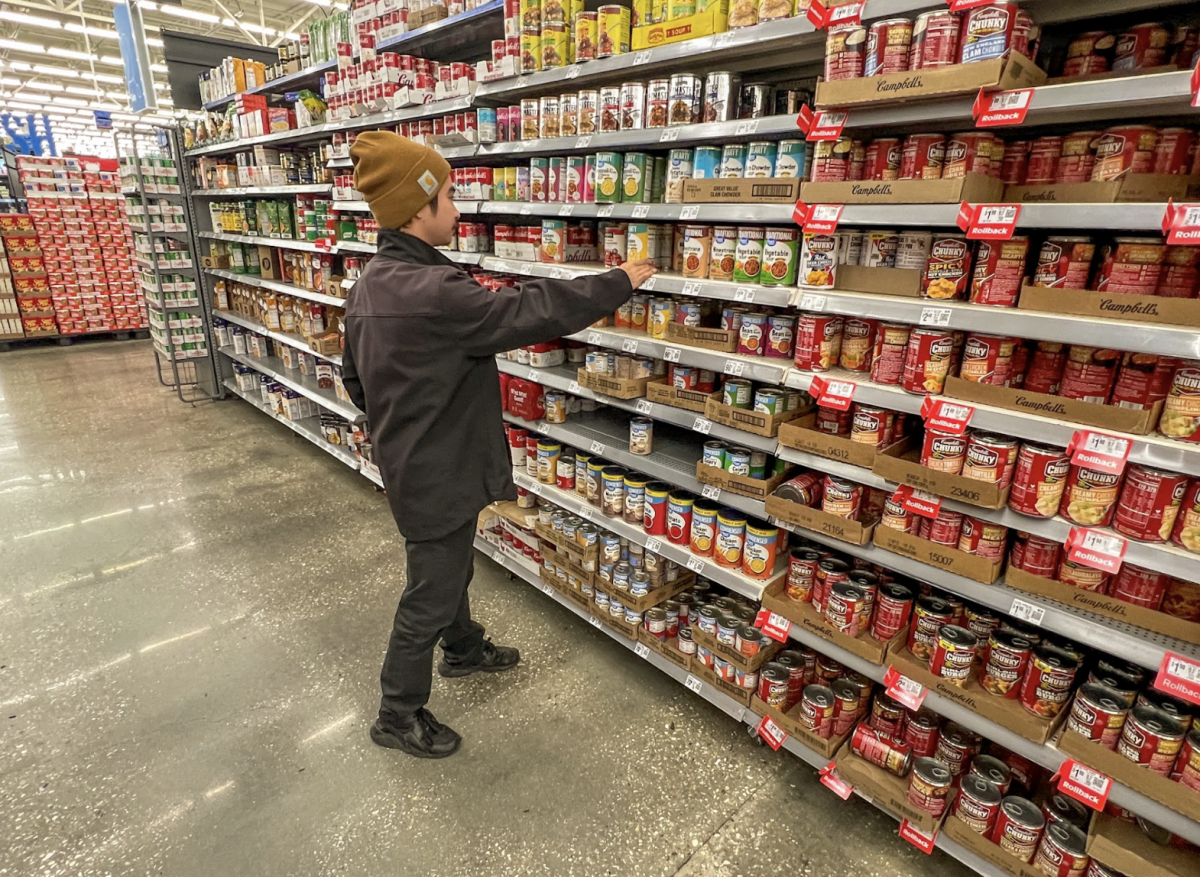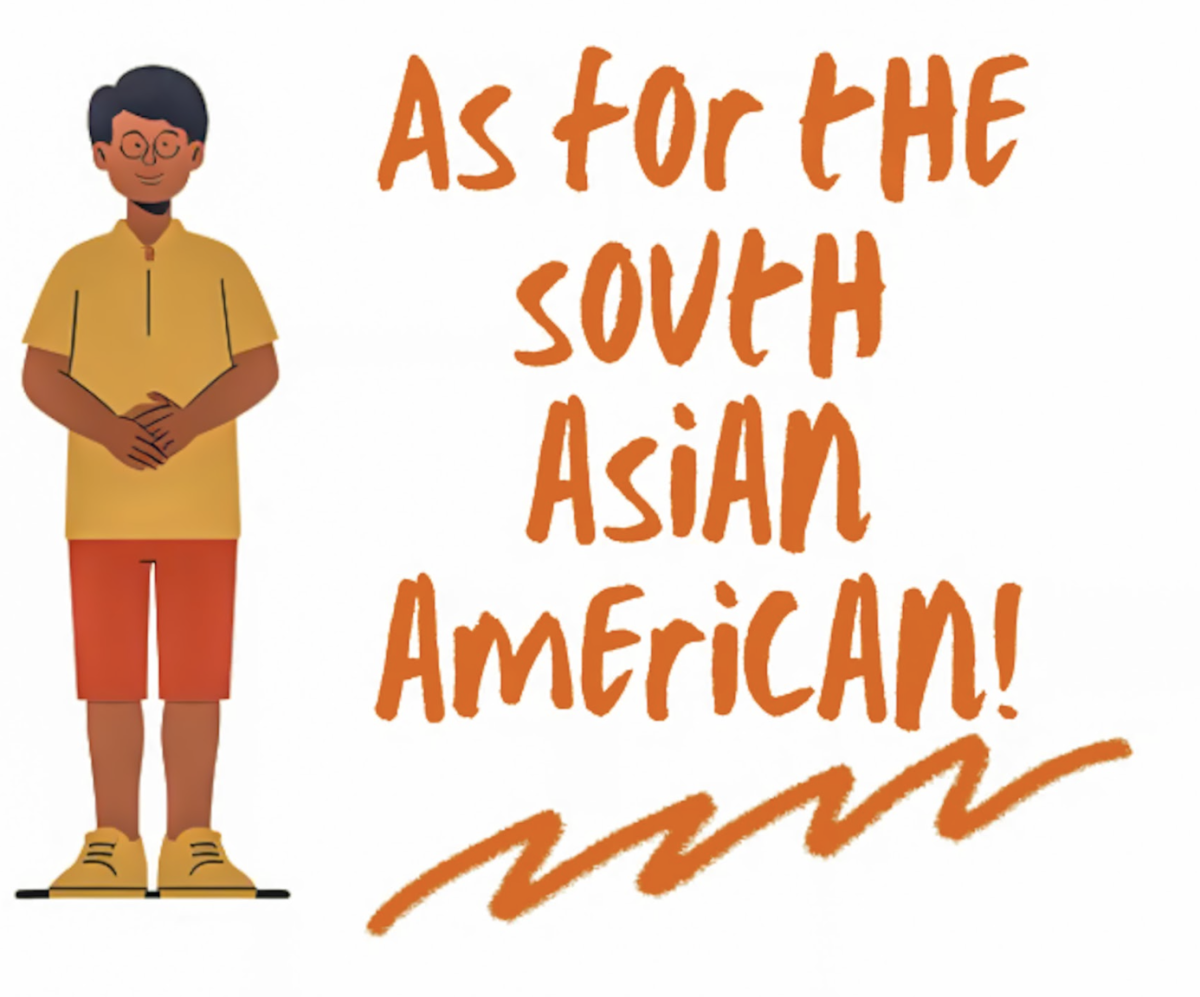October is National Disability Employment Awareness Month. The observance goes back to the 1945 “National Employ the Physically Handicapped Week,” celebrated in the first week of October.
The week owes its existence to a man named Paul Strachan, who was deaf and later in life sustained a severe spinal injury. Strachan founded the American Federation of the Physically Handicapped, the nation’s first cross-disability political organization, in the late 1930s. He and the AFHP worked with the Department of Labor on NDEAM, among other initiatives aimed at increasing disabled people’s access to employment.
In 1962, the observance was changed to include all disabilities, removing the “physical” qualifier. In 1988, Congress extended the observance to encompass the entire month and changed the title to the NDEAM. This move can be credited to the increasing awareness and progress made by the modern Disability Rights Movement, rooted in the WWII era with organizers like Strachan, that took off in the 1970s with leaders like Judy Neumann.
Two years after Congress created NDEAM, disabled activists achieved perhaps their largest victory to date: the passage of the Americans with Disabilities Act, the struggle for which spurred the famous Capitol Crawl protests.
Despite the work of decades of activism, disabled people still face huge barriers in employment, along with most other aspects of life. For many young disabled people, this is an all-too-present anxiety. My mother and I share the same genetic conditions, and even before my health deteriorated to the point that I had to start using mobility aids, I grew up seeing her experience with an ableist society. When I was in middle school and she was interviewing for jobs, just about every interviewer she met instantly threw up barriers the second they saw her cane, to the point of having someone’s face go visibly white at the sight of her. No matter how qualified disabled people are, some people will always see us as nothing more than their disability, and that is why NDEAM is so important.
“It grants disabled people the space to discuss employment and the struggles we face, but also the successes and accomplishments that we’ve achieved…Not a lot of able-bodied people deeply reflect on employment culture and why society treats disabled people the way they do,” Loyola sophomore and Disabled Student Assembly treasurer, Sam McMahon said.
Resources and programs like the Career Center, Student Success Center, TRIO, and of course, the education the university provides help prepare disabled students to enter the workforce. In student-led efforts, Loyola’s Disabled Student Assembly aims to continue in the footsteps of generations of disability activists to educate the Loyola community on the disabled experience and advocate for and provide community to disabled students. DSA holds weekly meetings open to anyone, and encourages non-disabled people to come and learn about disabled history and experiences—and help out in the effort to continually improve Loyola’s accessibility.
This October, DSA is holding a game night on the 27th and has an event focusing on bringing awareness to the experiences of wheelchair users coming up in early November.


